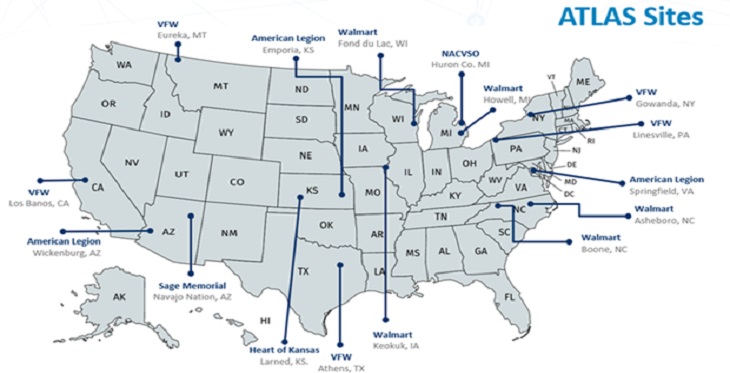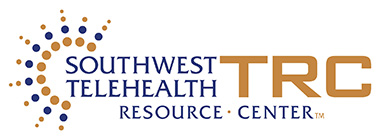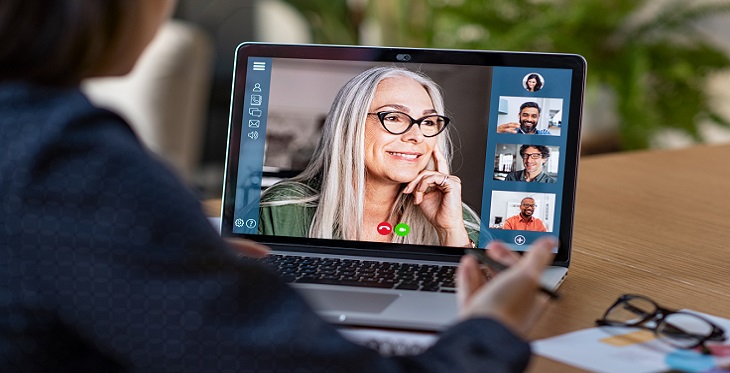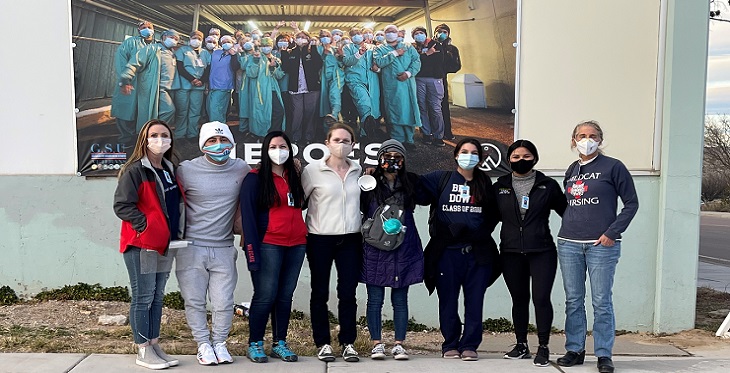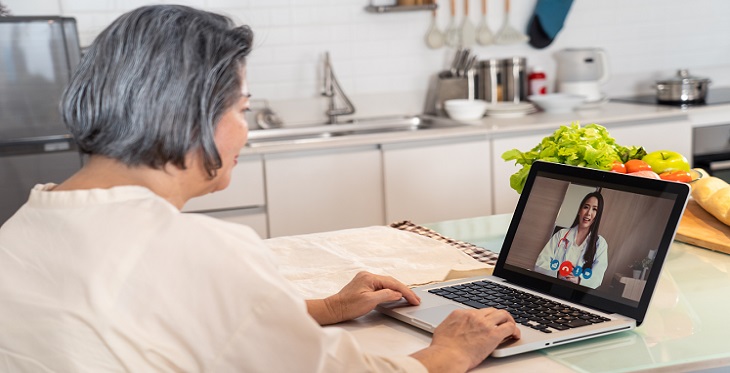Telehealth has many benefits including reduced, or eliminated travel and wait times; decreased exposure to communicative diseases; easier access to healthcare professionals and therapeutic interventions; and greater flexibility. However, for many individuals with disabilities, Telehealth and it's associated benefits may be out of reach due to web inaccessibility. Benefits can become barriers because of websites’ inconsistent compatibility with screen readers, closed captions, magnifiers, speech to text software (used by individuals with limited dexterity), easy to understand instructions and hyperlinks (for individuals with cognitive disabilities), and alternative text formats.
